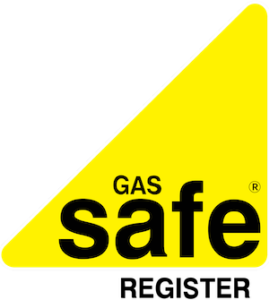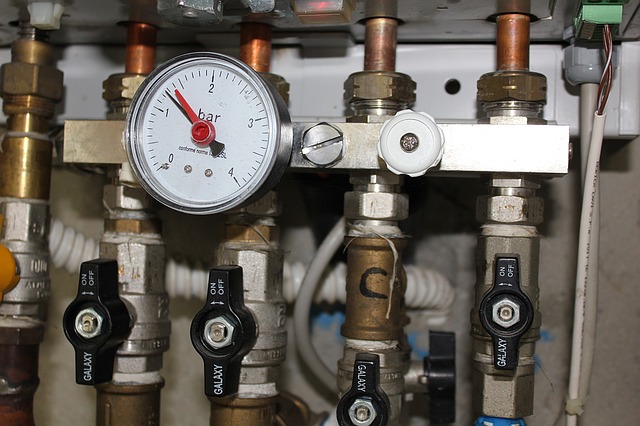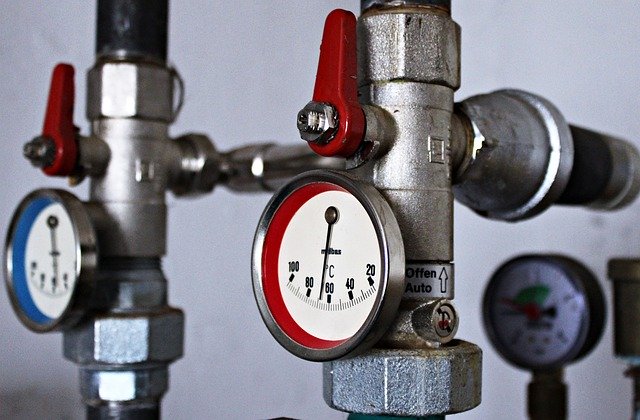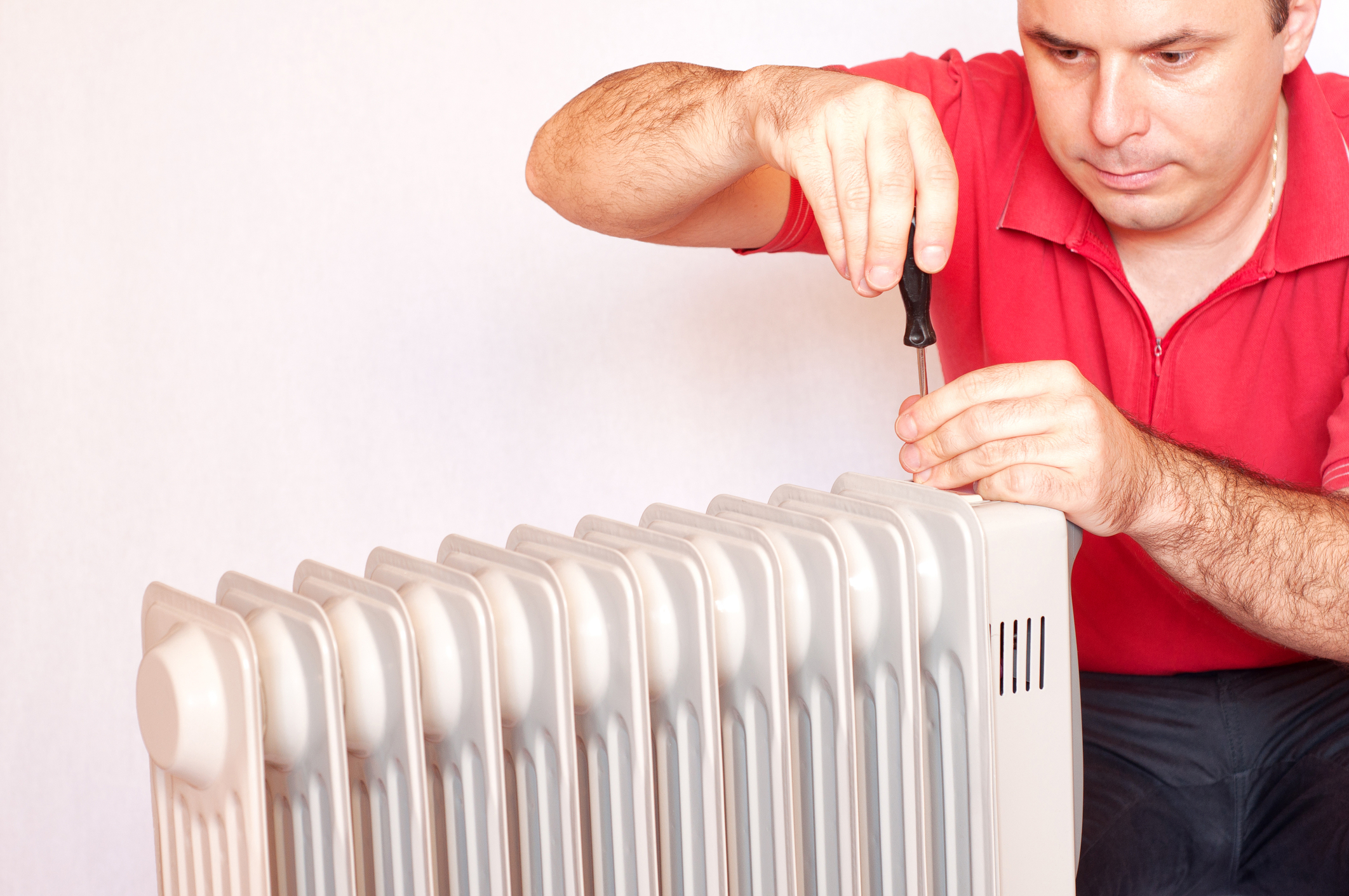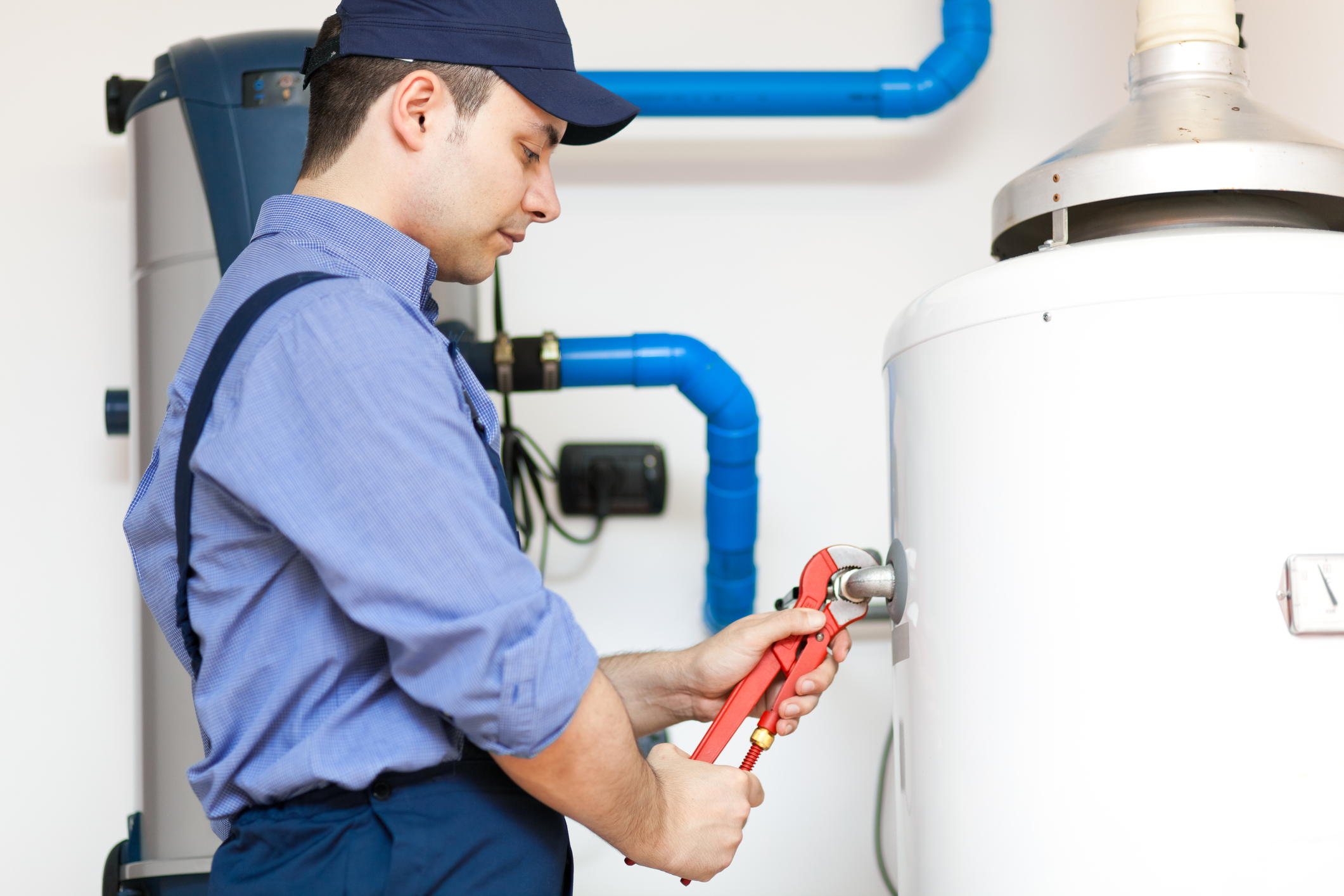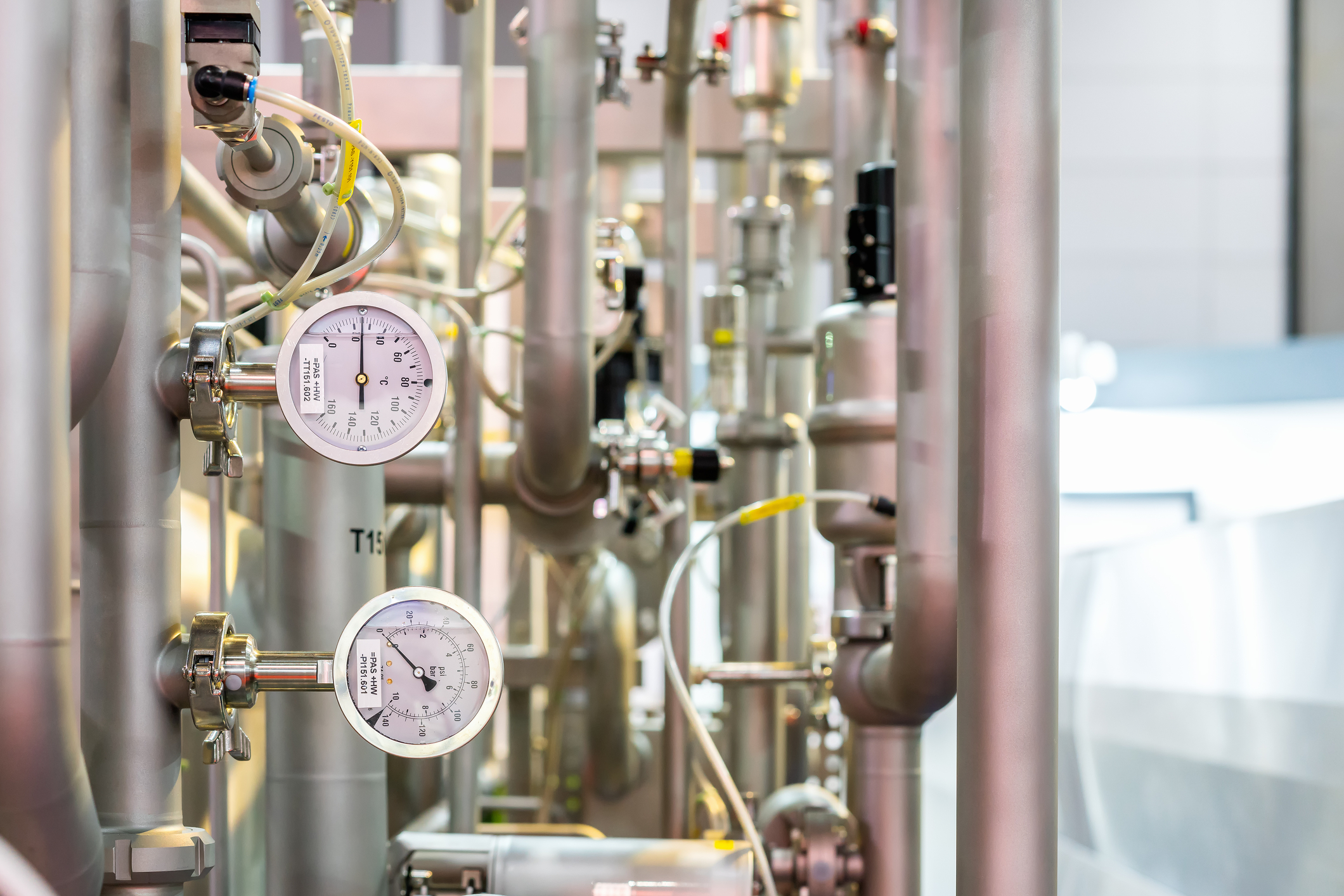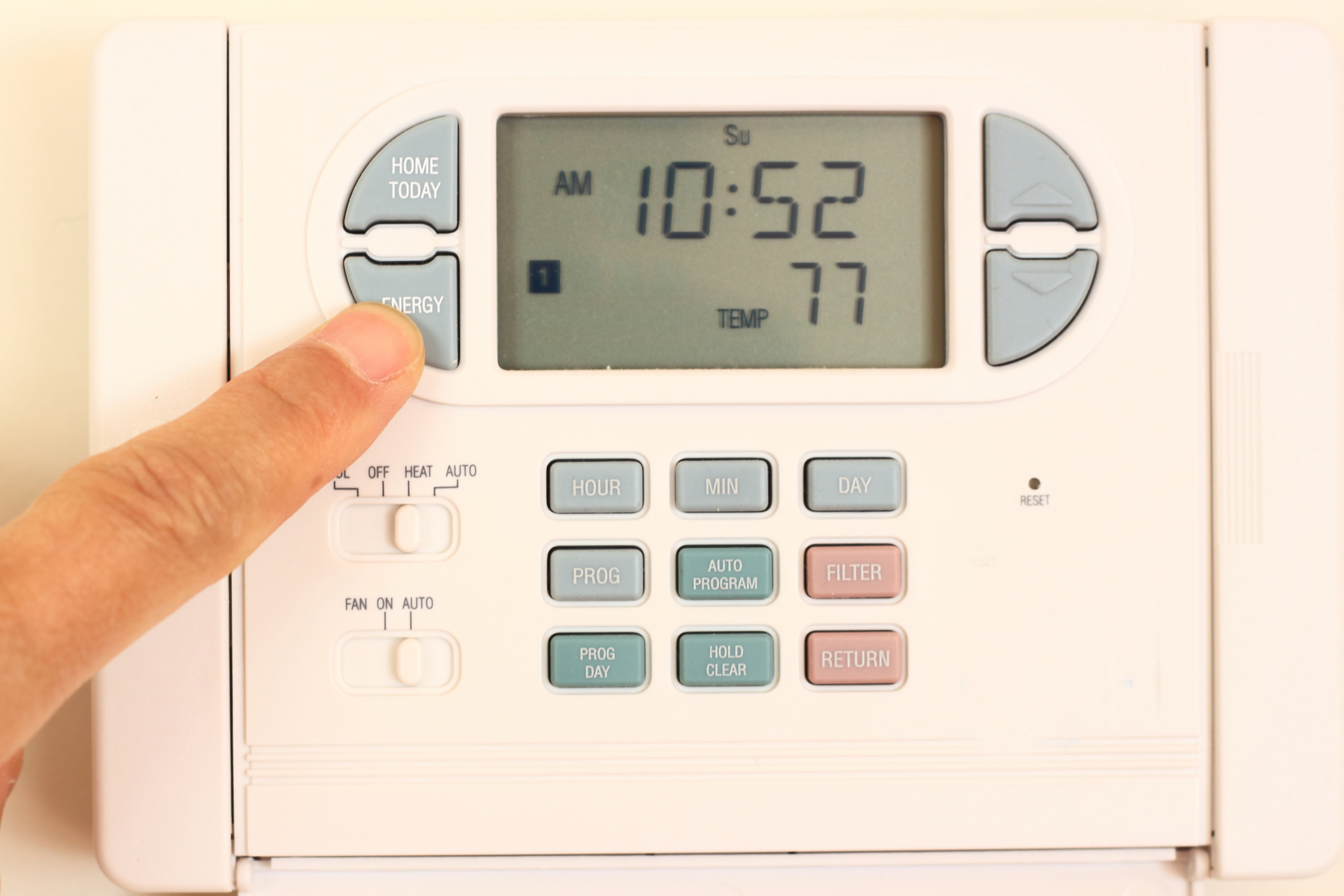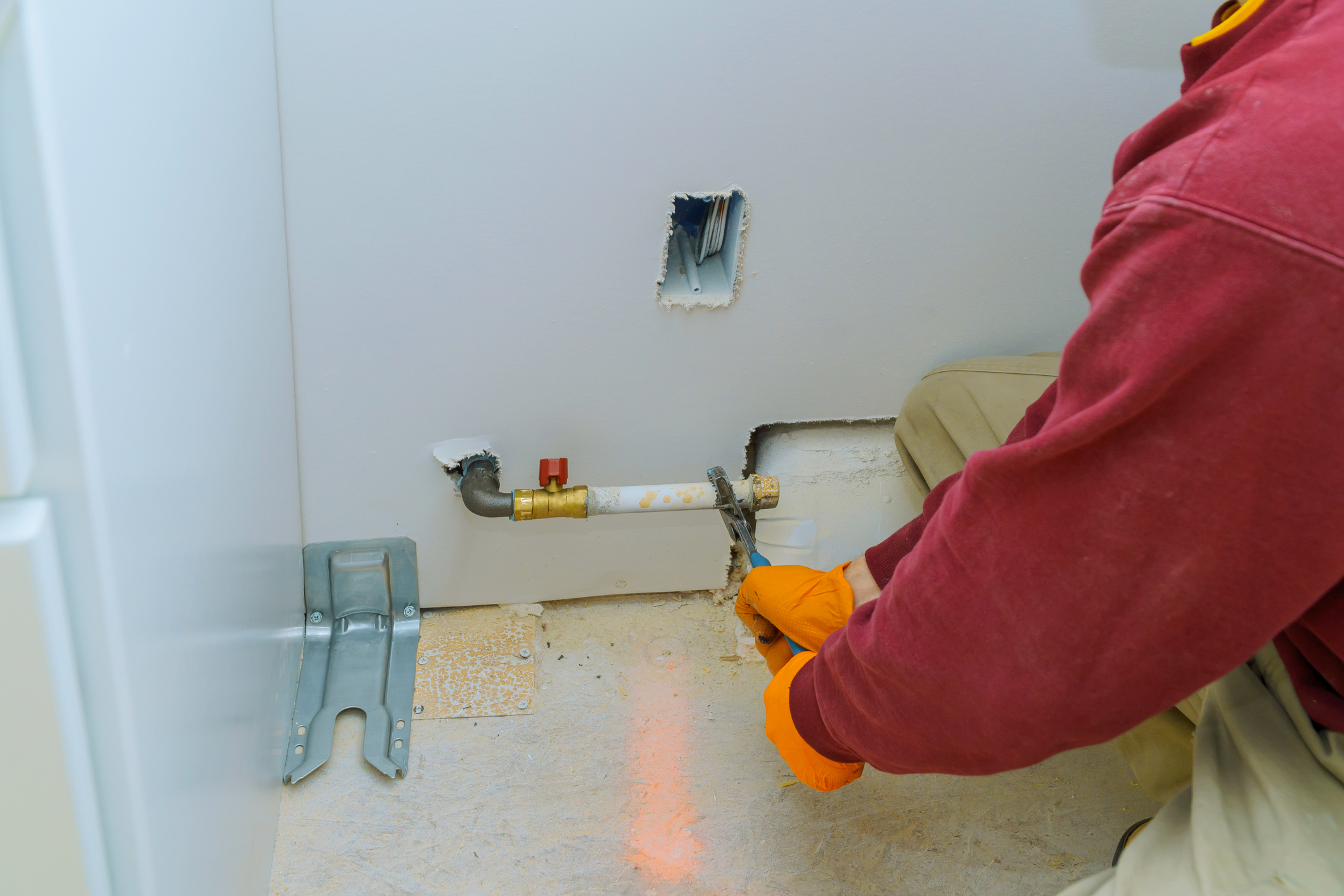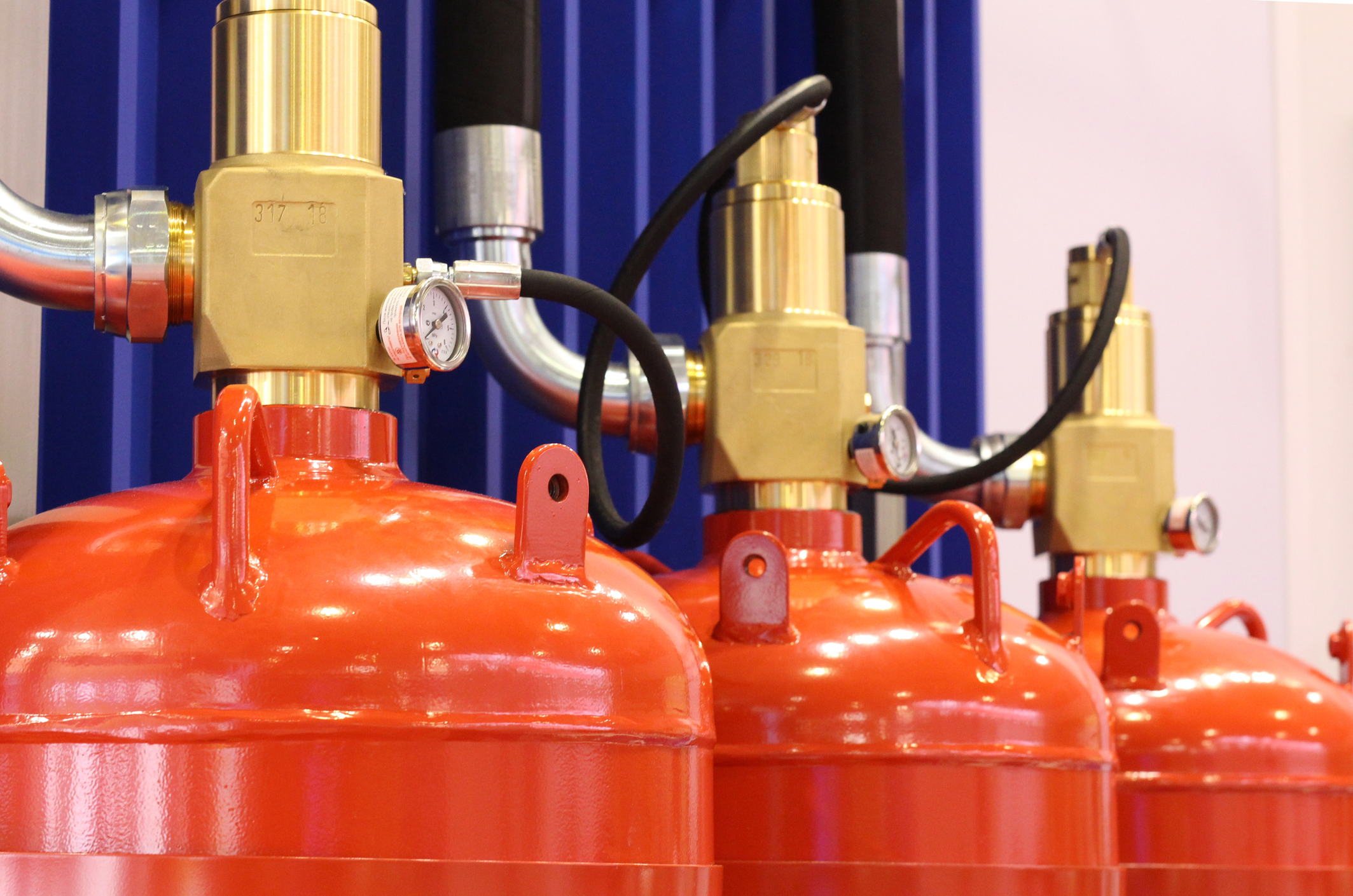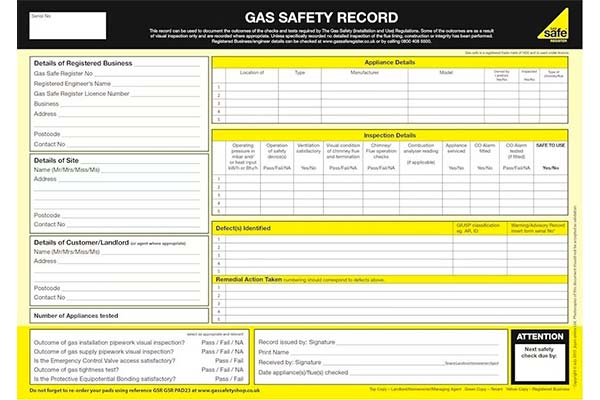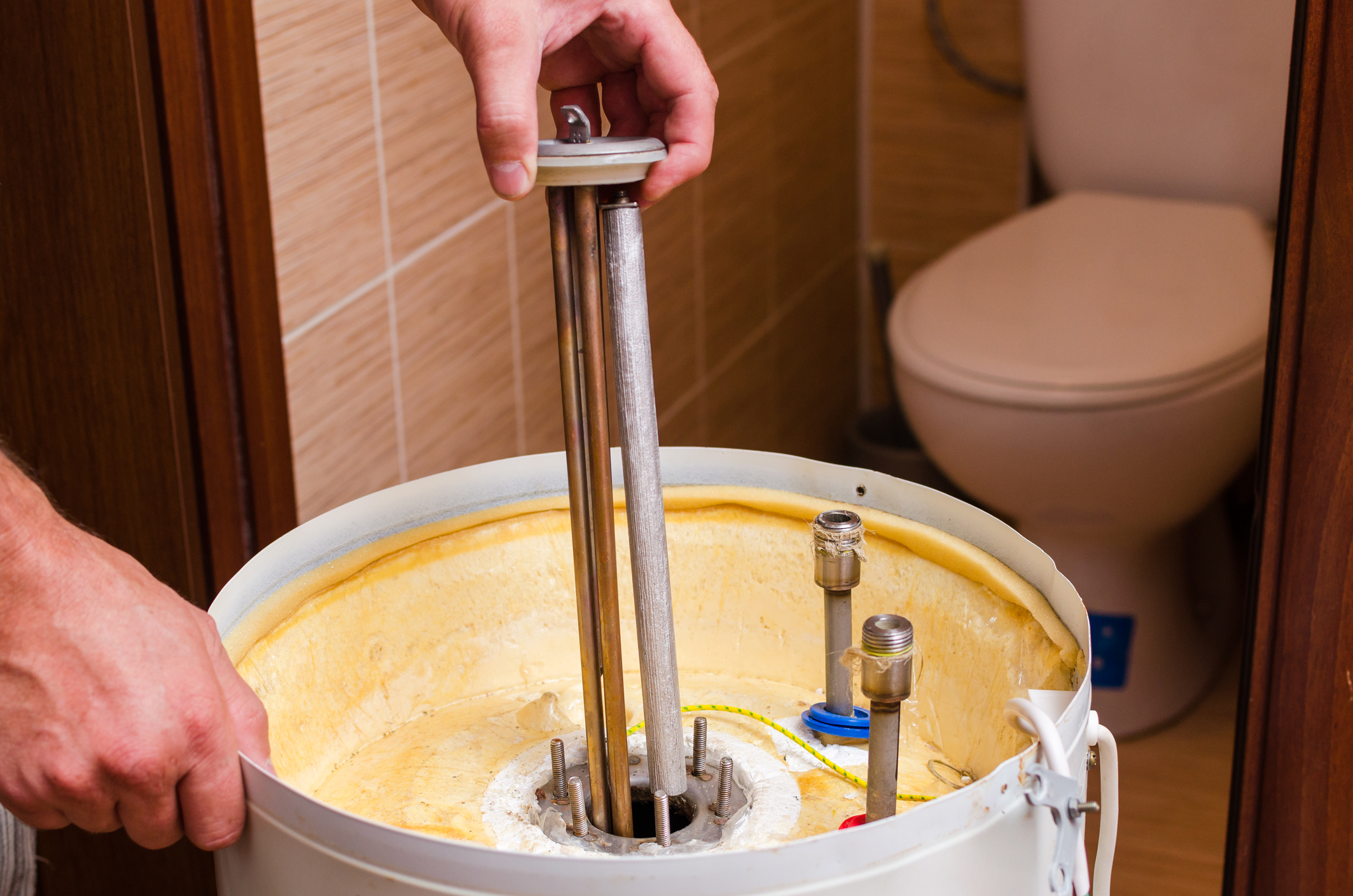Having a broken boiler can cause quite an inconvenience in your house. Your morning shower and midnight soak will definitely turn into a short ordeal without a functioning boiler heating your water nice and good for you. Imagine coming home from a long hard day of work. You just want to soak in the tub. You fix yourself a treat and head to the bath for some much-needed downtime when you realize there’s no hot water.
So what do you do next?
Call the plumbers, of course! However, before making that call, it’s best to do a little research to ensure that you don’t get ripped off. Plumbing costs can take its toll on your monthly budget. Here we discuss precisely just how much is a new boiler.
Is It Really Broken?
The first thing you have to do is determine whether your boiler is really broken or if it just needs a little bit of fixing. It is best to call a local plumber for a professional boiler servicing. Who knows? You might only have a busted pipe or a bad limescale buildup. Call plumbers from Plumbingforce so that you can have your boiler inspected on the same day of your call. Boiler repairs are exponentially much more affordable than having to spring for a new boiler.
Find the best local plumbers in the UK!
Cost of a New Boiler
So your plumber finally decided that your house’s boiler has no hope of being repaired anymore. You can jump on the phone for a second opinion, or you can save yourself some time and buy a new one.
A new boiler costs a lot of pounds. That’s not a secret. New boiler replacements can cost from £1 500 upwards depending on your boiler’s size, type, brand, and model. You also have to add to the computation the boiler installation costs. DIY-ing your boiler installation sounds good after spending thousands of pounds on a new boiler. However, without the technical know-how, the chances that it gets installed improperly are high. You might be springing for a new boiler earlier than expected because you got it wrong the first time. Or worse, it doesn’t work when you install it, wasting both your time and money.
Legally, only a Gas Safe registered engineer, such as our plumbers in Plumbingforce, can perform a boiler installation or boiler replacement.
That is why plumbers always recommend homeowners to maintain their boiler properly. A boiler replacement takes a lot of time and money. Even a regular boiler, and not the high-end ones, can cost you. When you’re looking to buy a new boiler, the first thing you need to know is what type of boiler do you need. Years ago, when your house was being built, there was still a limited amount of options for your house contractor to choose from.
Your existing boiler may not be what your house needs and is incompatible with your home, its number of residents, and even the frequency of use.
For instance, your 4-bedroom house could have been fitted with an existing combi boiler that can only service an apartment for two to three people. If you find yourself always running out of hot water while you’re in the shower, this might be the cause. On the other hand, your flat may have been working with an old boiler that’s been unnecessarily racking up your energy or gas bill.
When you go to the market for a new boiler, know that there will be different factors for you to choose from. Each one would affect the price of your new boiler. Some of the questions you should ask your plumber are:
What size of boiler does your house need?What’s their trusted and recommended boiler manufacturer?What model is the best for your needs?Should you get a brand-new boiler, or is second-hand more worth it?What type of boiler will solve all my heating requirements?
Your plumber will take into consideration factors such as your usage and house size to answer these questions for you. However, it doesn’t hurt to do some research on your own. Read through here to discover the common types of boilers and their advantages and know which one to choose.
3 Types of Boiler
You can read more about the three most common types of boilers here.
Condensing Boiler
Condensing boilers are water heaters that are fueled by gas or oil and not electricity. The condensing boiler condenses the water vapour in the exhaust gases, recovering its latent heat of vaporisation. This means that condensing boilers save you money by optimizing its power usage by extracting over 90% of the heat.
Because of this feature, condensing boilers are known to be the environment-friendly central heating system. Condensing boilers can be quite costly at the start. However, the savings that you make from its energy-efficient systems will pay off in the long run. Make sure to clear up your basement as condensing boilers take up a lot of space.
Combination Boiler
The combination boiler is the most used type in the UK, mostly because of the minimal amount of space required for the system. Combi boilers work on hot water on demand. It doesn’t require a large water tank to store hot water. It is also the most affordable of all three types of boilers and the easiest to install.
System Boiler
A system boiler is a gas boiler that is a compromise between condensing and combi boilers. It’s larger than combi boilers, which means it can accommodate multiple taps being used. However, it does not need a cold water storage tank, which requires a lot of space.
Cost Of Boiler Installation
The installation cost of your new boiler will depend on your local plumber. Does he charge an hourly rate? Or a lump-sum basis. Talk to your boiler installer about the rates and costs, so you don’t get blown by the final bill.
You can contact Plumbingforce for some commitment-free price estimates of boiler installation cost, boiler maintenance, boiler repair, and other concerns about your central heating system. If you choose to go with us, we can attend to your property on the same day that you call. You can now say goodbye to cold showers!

